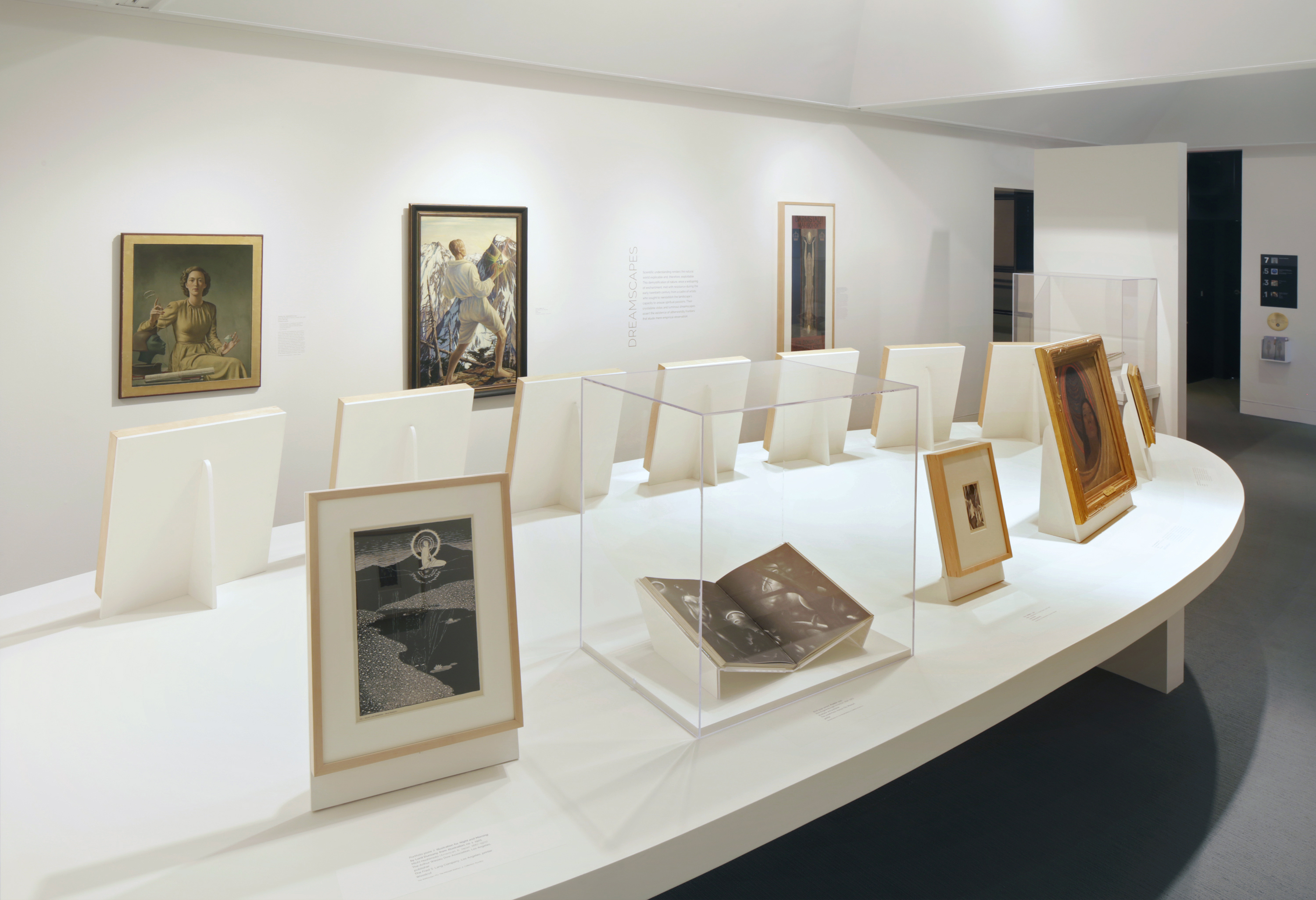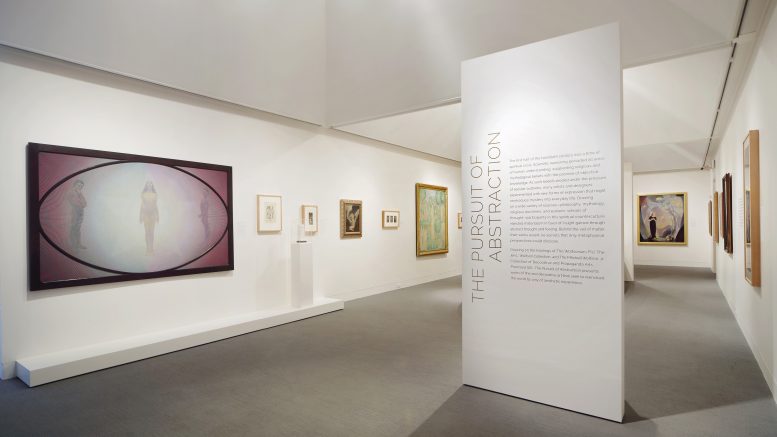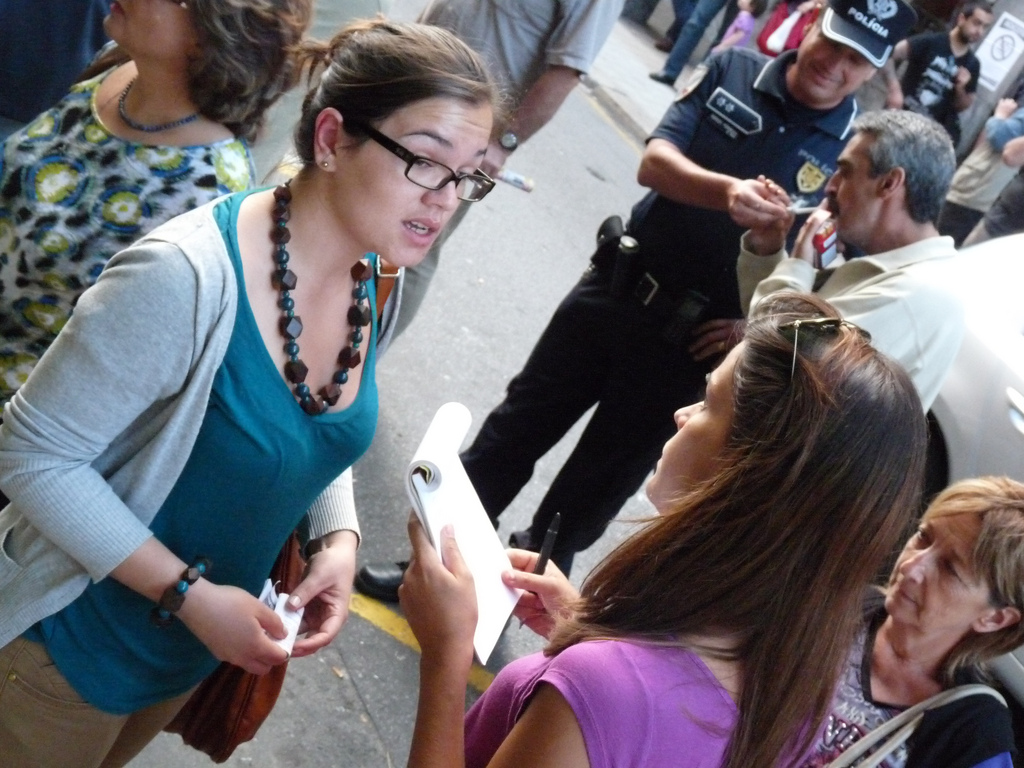Amanda Gonzalez/Contributing Writer
“The Pursuit of Abstraction” exhibit invites audiences to not only view, but also feel.
Held at the Wolfsonian until April 16, 2017, it features works that seek to express metaphysical notions and highlights artists such as Ernst Ludwig Kirchner, Ida O’Keefe, Gertrude Hermes, Mabel Alvarez and Georgia Engelhard.
The 80 featured pieces were all created during the first half of the 20th century, when at the height of and as a response to industry, artists were seeking a more philosophical, psychological and mythological approach.
The exhibit includes a wide range of mediums: paintings, prints, sculpture, postcards, a perfume bottle and decorative art. They are all presented together to create a dialogue of abstract thought and feeling that ran in stark opposition to the very concrete events occurring in the world at the time.

Moreover, dissatisfied with the way in which society was turning away from religion and becoming increasingly secular, there was a fervent desire to turn back to spirituality and represent the holy and immaterial with motifs from ideologies such as Christianity, Buddhism, and theosophy.
These artists created works “which seek to reinsert mystery, mysticism and religious feeling into everyday life,” as described by Wolfsonian Curator Matthew Abess. The pieces not only invoke the spiritual through their subject matters, but also through the way the artists arranged the compositions.
Kirchner’s theater curtain, for example, portrays a Dionysian scene but Camillo Cerri’s desk is reminiscent of the anthroposophical belief in the spirituality of angular forms. Sexto Canegallo’s “Energia Sociale” makes use of color to invoke religious undertones.
Agnes Pelton’s “Radiance” is a commentary on the artist’s belief that there is a positive force in the universe that should be made apparent to everyone. There is also an attempt at presenting music as the most spiritual art form.
Around this time, artists were really interested in the theory of correspondence — the idea that music could be painted and that colors each had their own distinct spiritual power. Dorothy Brett’s “The Stokowski Symphony” is an exercise of such idea.
“[Brett was] almost entirely deaf … so here, she is trying to capture musical experience, one that she could only experience through sight and imagination,” said Abess.
The exhibit has received great reviews from FIU students who have attended.
“I’m a big fan of Kirchner so I had come just to see his work but then I was completely taken aback by all the other pieces,” Danielle Arnwine, a junior English major, said to Student Media. “It was a really emotional experience, actually.”
Francisco Lopez, a junior majoring in philosophy, echoed that sentiment.
“… Art that lends itself to what has historically been called ‘a religious-aesthetic experience’ as an introduction to being overwhelmed by a piece is awesome. Art as the experience of some ineffable emotion or feeling is one of my favorite takes on art.”
The Wolfsonian is located at 1001 Washington Avenue, Miami Beach and admission is free for Florida public college students with ID. It’s open every day of the week, except on Wednesdays. For museum hours and more information on admission prices, visit wolfsonian.org.
Photo Credit: Lynton Gardiner





